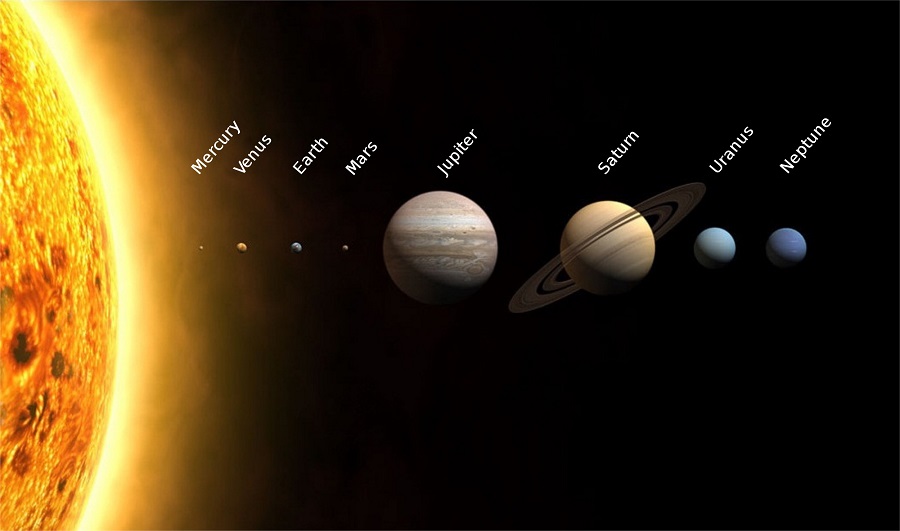How long will human impacts last?

The human impacts have become so permanent that according to some geologists, we are capable of meriting our own epoch which will be a brand new unit in the scale of geology. This stretches back the time when the earth was formed.
Contents
Epoch
Epoch is nothing but a unit of geological time. The epoch that witnessed the evolution of modern humans is known as Pleistocene. Geologists were able to figure all this epoch by examining the change in climate or even fossils that are found in the rock record.
Impact Of Modern People
We as modern humans have put things on earth that never existed and the infamous example of this is plastic. Some stratigraphers were able to break down the geological timescale and were able to propose a start date for the epoch known as anthropocene around 1950. This is the time when people were blowing up nuclear bombs all over the world thus scattering some novel elements into the wind.
These elements last everywhere ranging from the rock record to humans bones and teeth for millions of years. Not just that, in a span of 50 years we humans have made enough plastic for at least 8 billion metric tons that is enough to cover the whole world in a thin film.
Dying Off Of Species
The farming, fishing and forestry process that are carried out by people causes species of plants and animals to die out. This process of dying-off started around 40,000 years ago when humanity reached places like Australia after spreading out of Africa. This led to the kicking off the disappearance of huge, edible animals.
Fossil
Homo sapiens have their share in contributing to the future fossil record. We humans are making a world of only certain favored plants and animals. According to fossil records, the pairing of flora and fauna is the result of the diversity of plants and animals. These unique pairing of flora and fauna responds to environmental challenges as well as thrives after an apocalypse.
Likewise, if by any case the microscopic plants of the ocean suffer due to the production of more than required carbon dioxide, we humans will have to let go of the source of as much as half of the oxygen we need to breathe.
Smudge In Future Rocks
The practices of burning coal, natural gas have spread a bit of soot all over the planet. This smudge then corresponds with a meteoric rise and that too, they do so in the amount of carbon dioxide in the air, now beyond 400 parts per million or we can also say higher than any other homo sapiens have breathed. Similar kind of soot can also be found in volcanic rocks of 66 million years ago. Thus, even after 66 million years, our soot will still be here.






Responses